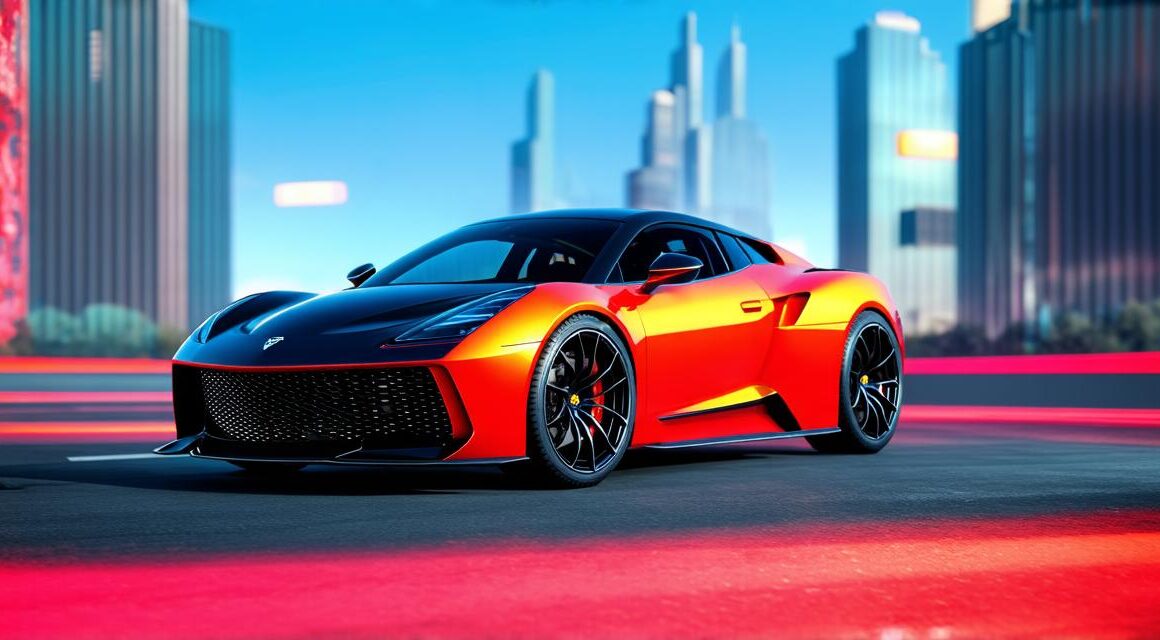Unity is an incredibly popular game engine that can be used for a wide range of applications. One of the most exciting things about Unity is its ability to create highly realistic and immersive 3D simulations, including car simulations.
The Basics of 3D Car Simulation in Unity
Before we dive into the details of creating a 3D car simulation in Unity, it’s important to understand the basics of how these simulations work. The first step is to create a 3D model of your vehicle.
This can be done using specialized software or by importing a pre-made model from an online resource.
Once you have your 3D model, you will need to rig it. Rigging involves creating a virtual skeleton for the car, allowing you to control its movement and deformation. There are several rigging techniques available, including keyframe animation, pose-based animation, and physics-based animation.

The choice of technique will depend on your specific needs and requirements.
Once your car is rigged, you can start adding animations and interactions. For example, you might want to add an animation for the car’s engine starting up, or allow the player to control the car’s speed and direction. You can also add interactive elements like buttons or sliders to allow the player to customize their driving experience.
Tips and Tricks for Creating a Realistic 3D Car Simulation in Unity
Creating a realistic 3D car simulation in Unity requires careful attention to detail and a deep understanding of how cars work. Here are some tips and tricks to help you create the most immersive and engaging experience possible:
- Pay Attention to Lighting: Lighting is crucial for creating a realistic environment. You will need to experiment with different lighting settings to find the perfect balance between realism and drama. Consider using dynamic lighting, which changes based on the time of day or weather conditions.
- Use Physics-Based Animation: Physics-based animation can help you create more realistic movement for your car. This involves using physics simulations to control how the car moves and interacts with its environment. For example, you might use physics to simulate the way a car’s wheels grip the road or how it handles corners.
- Add Realistic Sound Effects: Sound effects can help bring your simulation to life and make it more immersive. Consider adding sound effects for engine noise, screeching tires, and other sounds that would be heard in a real-world car.
- Experiment with Different Perspectives: Unity allows you to experiment with different camera perspectives to find the most engaging way to tell your story. Try using low angles or wide shots to create a sense of scale and depth. You might also consider using first-person perspective to allow the player to experience the car from inside.
- Use Real-World Data: To create a truly realistic car simulation, you will need to use real-world data about how cars work. For example, you might use data on the car’s weight distribution or center of gravity to simulate its movement more accurately.
Case Studies and Personal Experiences
There are many great examples of 3D car simulations in Unity that can help inspire your own work. Here are a few case studies and personal experiences that showcase the power of this technology:
- The Fast & Furious Franchise: The Fast & Furious franchise is known for its high-octane, action-packed car chases. The films were shot using real cars, but Unity was used to create highly detailed 3D simulations of these vehicles. This allowed filmmakers to create more realistic and dynamic stunts, while also allowing them to easily modify and adjust the simulation as needed.
- Project Cars: Project Cars is a popular racing game that uses Unity to create highly realistic car simulations.



